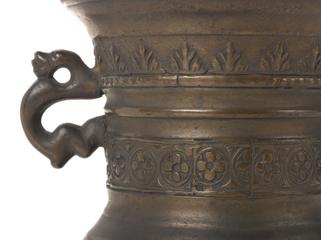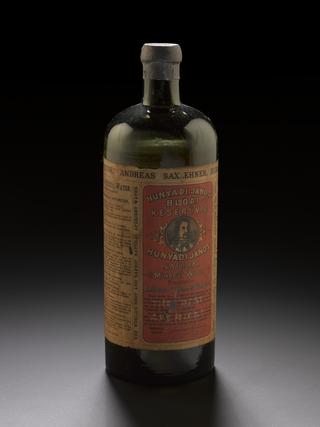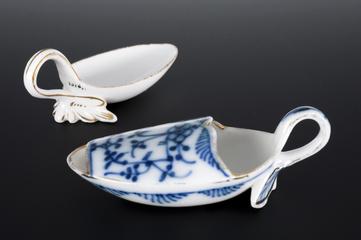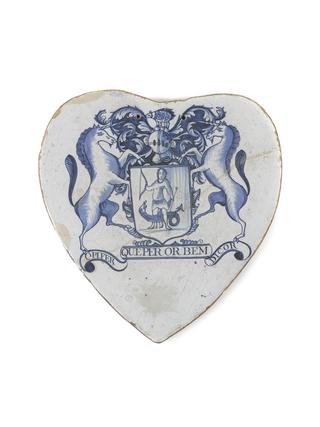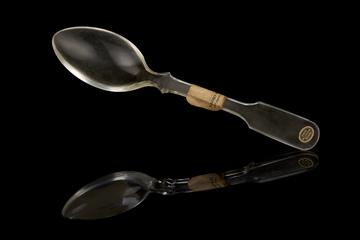
Silver vinaigrette
- Made:
- 1864 in Birmingham
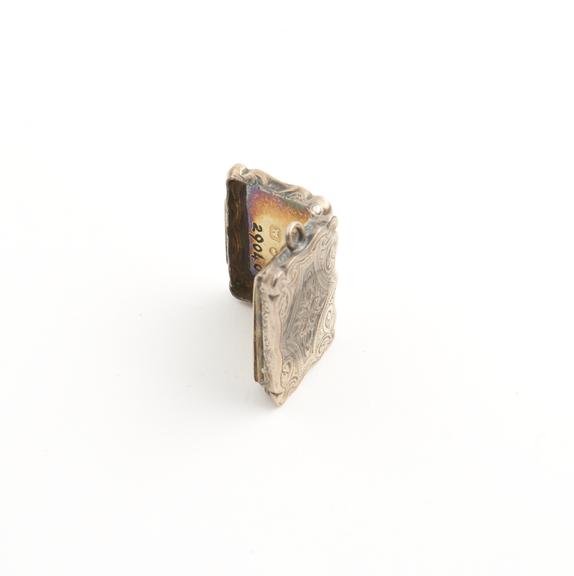
Silver vinaigrette, rectangular, with perforated hinged inner lid and loop on side for suspension, by J.F., probably James Fenton and hallmarked in Birmingham, 1864
Vinaigrettes were small containers used for holding fragrant substances, often dissolved in vinegar, which were popular amongst wealthier sections of the British population from the late 18th century through the mid-19th century. Many were designed in silver, within which a tiny piece of sponge, soaked in the pungent scent, was contained beneath a grill or perforated cover.
Originally carried by both sexes, though latterly mainly women, they could be kept in a pocket or at the end of a chain and be quickly accessed in the wearer encountered some of the foul smells that would be a familiar part of life during those times – particularly in urban areas. In an era when disease was thought to been carried in the air via foul-smelling ‘miasmas’, vinaigrettes were also seen as having protective properties. Accessed via a hinged lid, the scent might also be inhaled if the wearer was feeling ill or faint – much like smelling salts.
The J.F. stamp probably indicates it was made by James Fenton a silversmith, based in Great Hampton Street, Birmingham from the mid-1850s. The city was the country's main centre of vinaigrette manufacture, accounting for around 90% of those made in the UK.
Details
- Category:
- Pharmacy-ware
- Collection:
- Sir Henry Wellcome's Museum Collection
- Object Number:
- A78851
- type:
- vinaigrette
- credit:
- Smart's Bullion Office
